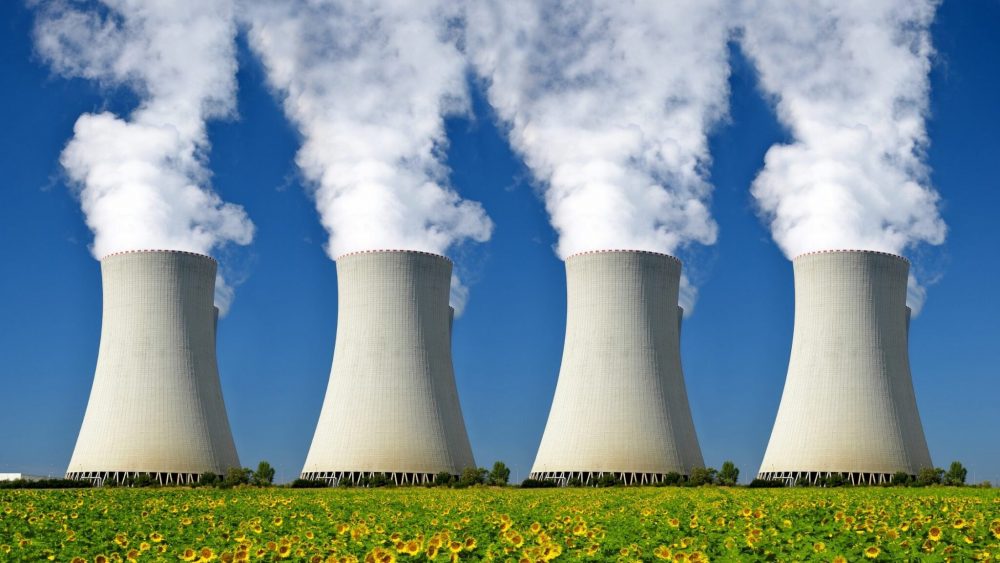In the quest for a sustainable and clean energy future, nuclear energy has emerged as a powerful contender. Harnessing the colossal energy released during atomic processes, both fusion and fission, nuclear energy has the potential to provide efficient power without the burden of greenhouse gas emissions. However, as we delve into the complexities of nuclear energy, we encounter challenges in safely and sustainably fueling these processes. This blog will explore the intricacies of nuclear fusion and fission, the fuels driving these reactions, and innovative technologies shaping the landscape of nuclear power.
Understanding Nuclear Processes
Nuclear energy stems from two fundamental processes: fusion and fission. Fusion involves the merging of lightweight atoms, such as hydrogen, to form larger atoms like helium. In contrast, fission requires the splitting of large and heavy atoms, such as uranium, into smaller components. Both processes unleash substantial energy, offering a potential solution to our escalating energy demands while minimizing environmental impact.
Challenges in Nuclear Fusion
While nuclear fission has been refined over the years, nuclear fusion remains a newer and more challenging advancement. The fusion process demands incredibly high temperatures to force particles to merge, replicating the conditions observed in stars. Despite recent progress, obstacles persist due to technological limitations and costs, hindering extensive exploration in this field. Nevertheless, the allure of fusion lies in its unparalleled efficiency, promising a cascade of reactions from an initial fusion, capable of sustaining energy needs for extended periods.
Fueling the Fusion Fire
Deuterium and tritium, both forms of hydrogen, stand out as promising fusion fuels. Deuterium, readily distilled from seawater or freshwater, boasts remarkable efficiency. Tritium, though rarer, can be synthetically produced by extracting it from lithium, an abundant element. Combining these fuels in nuclear reactions yields staggering energy outputs, with minimal environmental impact and short-lived radioactive waste. The promise of fusion lies not only in its energy efficiency but also in its safety profile, producing non-toxic byproducts and manageable radioactive waste.
Navigating Fission Challenges
Fission, comparatively easier to implement, relies on heavy atoms like uranium. However, this process generates weapons-grade radioactive waste, posing significant environmental and health risks. The journey from uranium extraction to fuel pellet production involves intricate steps, with U-235 being the preferred isotope due to its ease of division. Managing the environmental hazards associated with uranium mining has become crucial, with contemporary in-situ leaching methods offering a more sustainable alternative.
Revolutionizing Nuclear Technology
In the pursuit of safer and more efficient nuclear power, innovative technologies have emerged. Molten Salt Reactors (MSRs), with their lower pressures and built-in safety features, present a potentially safer alternative to conventional reactors. The development of TRISO fuels, characterized by robustness and versatility, showcases a promising avenue for sustainable nuclear energy. These developments open doors for both large nuclear reactors and compact modular reactors, paving the way for a diverse nuclear energy landscape.
Molten Salt Reactors
Molten Salt Reactors (MSRs) have gained attention for their potential to revolutionize nuclear energy. Unlike traditional reactors, MSRs use a combination of liquid salts as fuel, operating at lower pressures and integrating safety measures to prevent overheating. The core of an MSR, powered by radioactive thorium, heats the molten salt, turning water into steam that activates a turbine to generate electricity. Crucially, if the core temperature rises to a critical point, the salt automatically drops into a containment vessel, solidifying and preventing a catastrophic meltdown.
MSRs are not merely theoretical concepts; they were first tested in the 1960s. In recent years, countries like China, the US, and Denmark have been actively developing MSRs. Moreover, the exploration of commercializing MSRs for ships is underway, potentially transforming maritime transportation by enabling vessels to generate their electricity without relying on fossil fuels.
Robust and Sustainable Energy Source
The advent of TRISO (TRi-structural ISOtropic) fuels represents a significant leap forward in nuclear fuel technology. These fuels consist of particles, each comprising an oxygen, uranium, and carbon kernel encased in three layers of ceramic-based materials. The intricate design of TRISO fuels prevents the release of radioactive materials even under extreme conditions.
These fuel kernels, despite their diminutive size comparable to a poppy seed are remarkably robust. Their resistance to high temperatures, neutron irradiation, corrosion, and oxidation has earned them the reputation of being the most robust nuclear fuel on Earth. Once fabricated into billiard ball-sized pebbles, TRISO fuels can be employed in both MSRs and high-temperature gas reactors.
One of the remarkable features of TRISO fuels is their reusability. Due to their unique properties, these fuels can be recycled and reused multiple times, reducing the frequency of manufacturing and enhancing the sustainability of nuclear energy. Presently, ongoing research aims to maximize the efficiency of TRISO fuels, exploring their applicability in large nuclear reactors as well as smaller modular reactors and micro-reactors.
Towards a Sustainable Future
As we navigate the intricate realm of nuclear energy, the choice of fuels and technologies becomes pivotal. Fusion, with its tantalizing efficiency, beckons us to overcome technological barriers and unlock its full potential. Simultaneously, advancements in fission technologies, such as MSRs and TRISO fuels, offer safer and more sustainable alternatives.
The synergy of these advancements contributes to shaping a diverse and sustainable nuclear energy landscape. Fusion, with its potential for nearly limitless energy, and fission, with its evolving technologies for safety and efficiency, can coexist to meet our growing energy needs while minimizing environmental impact.
In conclusion, the future of clean energy resides in the delicate balance between harnessing the power of nuclear reactions and ensuring minimal environmental impact. With ongoing research and technological innovations, nuclear energy holds the promise of providing a cleaner, more sustainable future for generations to come.

